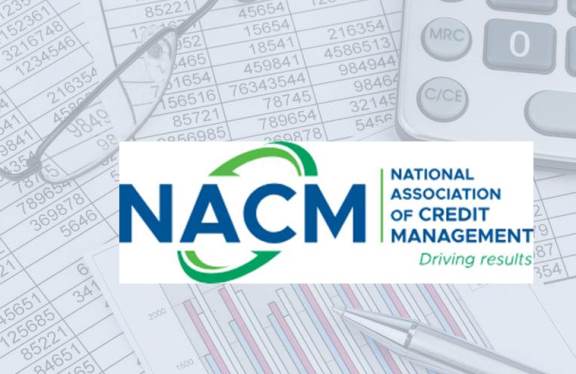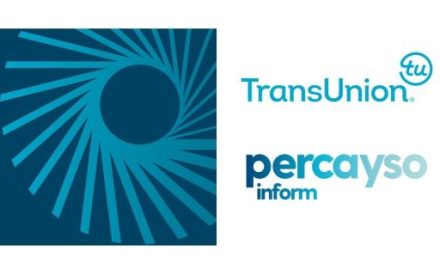The dreary decline of NACM’s bellwether Credit Managers’ Index (CMI) ended in August as the manufacturing and service sectors emerged from the darkness with the first positive readings in two months. Although the CMI has not quite reached the potential spotted in late-2017, early 2018, NACM Economist Chris Kuehl, Ph.D., said the latest strides indicate some stability.
Over the last 12 months, the highest combined CMI score was recorded at 56.6 in May and November 2017, steadily declining in June and even more so in July. The August combined score, however, inched upward 0.3 points to 55.8 thanks to a 1.2-point boost in the favorables (64.3). On the cusp of contraction territory (a score less than 50) were the unfavorables (50.1), only two of which improved. Combined favorables, ranked from most to least improved, were dollar collections, new credit applications, sales and the amount of credit extended. Dollar amount beyond terms and dollar amount of customer deductions were the only unfavorables to climb in August, while bankruptcy filings took a 1.5-point dive.
“At the moment, it feels good to have a month without a lot of drama,” Kuehl said. “Given all the turmoil surrounding trade issues and the mercurial behavior of the president, it might have been expected that this drama would affect the overall performance of the economy. The economic drivers are mostly shrugging off these issues and have been reacting to more traditional motivators.”
However, Kuehl noted, it isn’t likely the CMI will stay calm for long due to predicted inflation and the on-again, off-again trade deals.
Manufacturing (55.9) saw the most gains, reading 64.4 in favorables. Credit managers reported increased sales and the amount of credit extended, which earned scores of 66.5 and 67.1, respectively. August also ushered in more credit applications and dollar collections; however, the unfavorables dropped to 50.2. Bankruptcy filings were hit the hardest but are still within expansion territory, unlike accounts placed for collection, which dropped to 49.6. Disputes fell further into contraction territory to 45.8—the lowest reading since August 2017. Credit application rejections rose slightly in addition to dollar amount beyond terms and dollar amount of customer deductions.
At a score of 55.7, the service sector wasn’t as promising as its counterpart, only gaining a tenth of a point. Dollar collections and new credit applications were the only favorables to improve at 62.9 and 63.5; whereas, sales were the least successful, followed by amount of credit extended.
“This was the month for stability in services, but on closer examination, it resembled water acrobatics, with calmness above water that hid the chaos underneath,” Kuehl said.
Unfavorables dropped a tenth of a point to 50, bordering on contraction territory due to dips in disputes, credit application rejections and accounts placed for collection. Dollar amount beyond terms gained the most, with minimal increases in dollar amount of customer deductions and bankruptcy filings.
August’s CMI combined score was moderately higher than the combined score this time last year and maintained an average compared to the month’s scores over the past five years. The last time the score exceeded 55 was in 2014, with the most recent reading  showing a modest gain over 55.1 in 2017.
showing a modest gain over 55.1 in 2017.
Courtesy Andrew Michaels, editorial associate, National Association of Credit Management – nacm.org


























